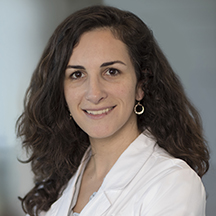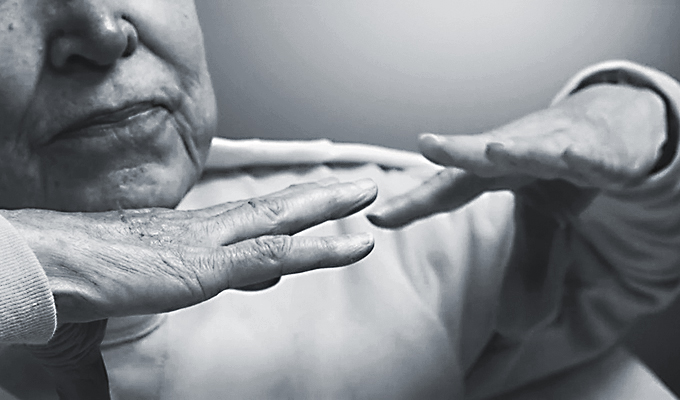

7 Essential Things About Essential Tremor
by Zara Jethani
March is Essential Tremor Awareness Month, shedding light on a neurological condition that affects millions worldwide. Essential tremor, often misunderstood or misdiagnosed, can significantly impact daily life.
Here are seven frequently asked questions about this condition:
- What is essential tremor?
Essential tremor (ET) is a neurological disorder characterized by involuntary shaking movements, typically affecting the hands, arms, head, and sometimes the voice. These tremors can range from mild to severe, causing difficulties with tasks such as eating, writing, or even holding objects. The term “essential” refers to the idea that the “essence” of the condition is tremor. It’s another way of saying primary tremor, or tremor for its own sake, rather than tremor secondary to something else such as Parkinson’s disease or stroke. - How common is essential tremor?
Essential tremor is one of the most common movement disorders, affecting approximately 10 million people in the United States alone. It can occur at any age but is most commonly diagnosed in individuals over the age of 40. - What are the causes of essential tremor?
The exact cause of essential tremor remains unknown, although it is believed to involve abnormalities in certain areas of the brain that control movement. Genetic factors may also play a significant role, as the condition often runs in families. - What are common symptoms of essential tremor?
The primary symptom of essential tremor is rhythmic shaking, which worsens with movement and may improve with rest. Other symptoms can include difficulty with balance and coordination, as well as tremors that worsen under stress or in certain positions. Tremor which is present with posture make it hard to hold things like the newspaper, your smart phone, or a cup on a saucer. Tremor that is present with action makes it hard to write, type, drink from a cup or eat using a spoon or fork. - How is essential tremor diagnosed?
The diagnosis of essential tremor is made based on a thorough medical history, physical examination, and ruling out other possible causes of tremors, such as Parkinson’s disease or medication side effects. Most cases of essential tremor are very easily distinguished from Parkinson’s disease with certainty. In some instances, additional tests such as neurological imaging may be recommended. In cases of uncertainty, DaTscan can be very helpful. This is a SPECT scan of the brain using a novel tracer, looking for areas of low dopamine (which is seen in Parkinson’s disease). Blood tests are useful to exclude other causes of tremor such as thyroid overactivity. - What is the treatment for essential tremor?
While there is no cure for essential tremor, several treatment options can help manage symptoms and improve quality of life. These may include medications such as beta-blockers or anticonvulsants, as well as therapies like occupational or physical therapy. In appropriate cases, surgical interventions using deep brain stimulation for essential tremor (DBS) may be considered. - Are there essential tremor support resources?
Living with essential tremor can be challenging, but there are resources available to help individuals cope with the condition. Support groups, online forums, and advocacy organizations such as International Essential Tremor Foundation can provide valuable information, encouragement, and a sense of community for those affected by essential tremor.
In conclusion, essential tremor is a common neurological disorder that can have a significant impact on daily life. By understanding its symptoms, causes, and available treatments, individuals with essential tremor can better manage their condition and improve their overall well-being. Through increased awareness and support, we can continue to empower those living with essential tremor and work towards better treatments and ultimately a cure.
Essential tremor treatment and care at Pacific Neuroscience Institute
At Pacific Neuroscience Institute® (PNI®), movement disorder specialists in Santa Monica and Torrance, California, take a holistic approach to treating people living with essential tremor. Pacific Movement Disorders Center specialists include center director and neurologist Melita Petrossian, MD, center director and neurosurgeon Jean-Philippe Langevin, MD, and movement neurology specialist Natalie Diaz, MD.
Useful Links
- Essential Tremor
- Advanced Treatment Options for Essential Tremor (pdf)
- Deep brain stimulation for essential tremor (DBS)
- Movement Disorders Center
- Clinical Trials for Essential Tremor
Related Articles
Related Videos
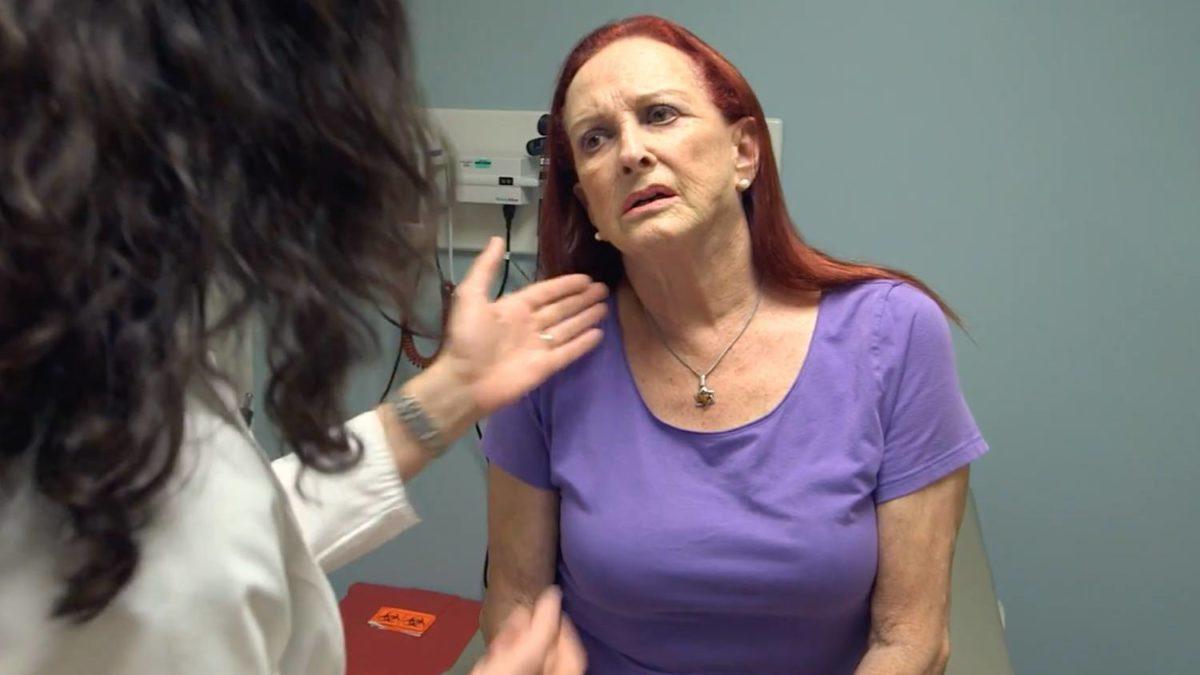 Pacific Movement Disorders Center
Pacific Movement Disorders Center
 Treating Essential Tremor, a Little-Known but Prevalent Disease | Dr. Melita Petrossian
Dr. Melita Petrossian is a neurologist who specializes in movement disorders. When most people hear that term, they think of Parkinson’s disease. But Dr. Petrossian sees a number of patients…
Treating Essential Tremor, a Little-Known but Prevalent Disease | Dr. Melita Petrossian
Dr. Melita Petrossian is a neurologist who specializes in movement disorders. When most people hear that term, they think of Parkinson’s disease. But Dr. Petrossian sees a number of patients…
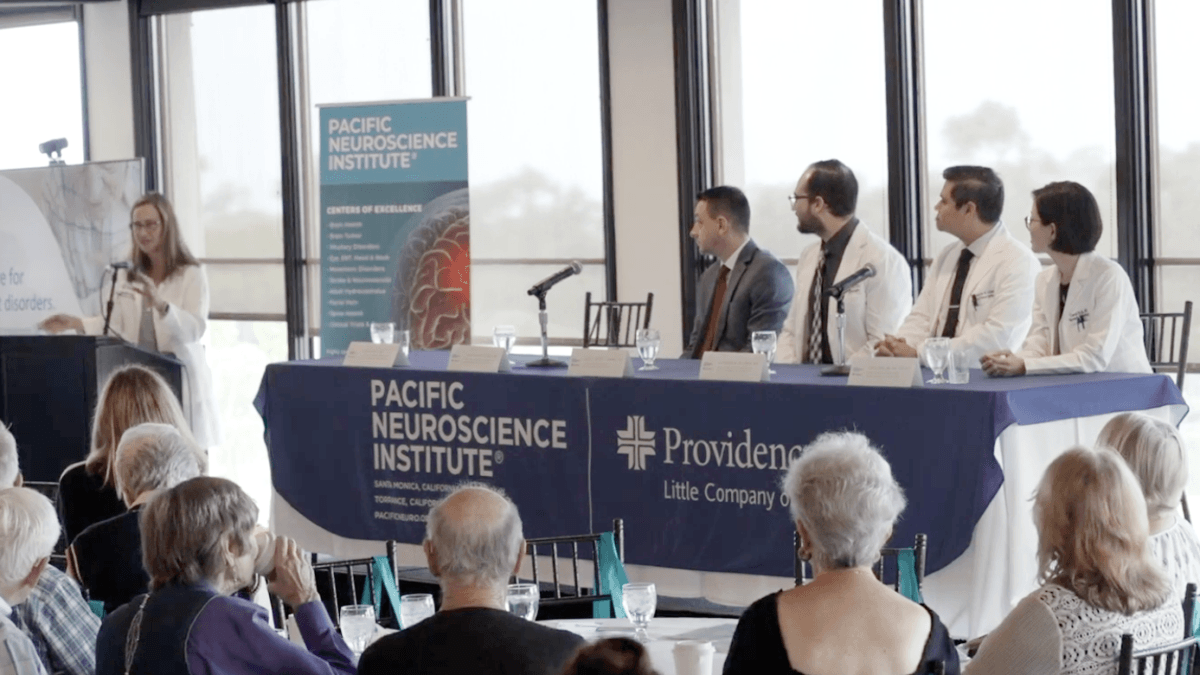 31. LCM & PNI-South Bay: Help is Here for Movement Disorders
Learn about the latest advancements in movement disorders from Providence Little Company of Mary and Pacific Neuroscience Institute physicians and experts. We’ll help you separate truth from myth for movement…
31. LCM & PNI-South Bay: Help is Here for Movement Disorders
Learn about the latest advancements in movement disorders from Providence Little Company of Mary and Pacific Neuroscience Institute physicians and experts. We’ll help you separate truth from myth for movement…
 Essential Tremor Treatment Demonstration: DBS Off/On
Essential Tremor Treatment Demonstration: DBS Off/On
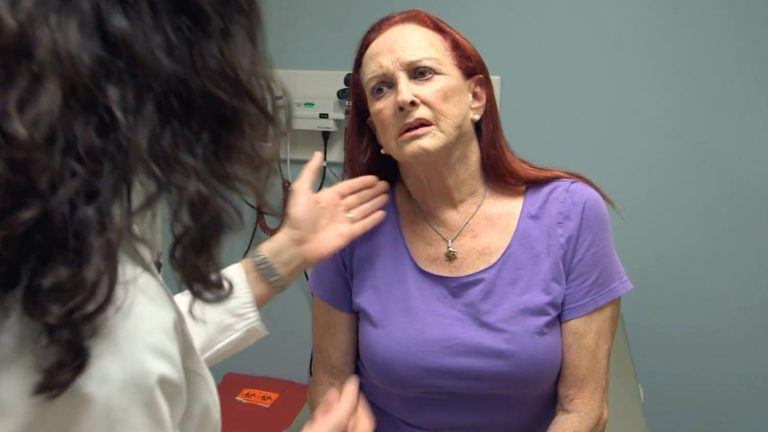
Pacific Movement Disorders Center

Treating Essential Tremor, a Little-Known but Prevalent Disease | Dr. Melita Petrossian
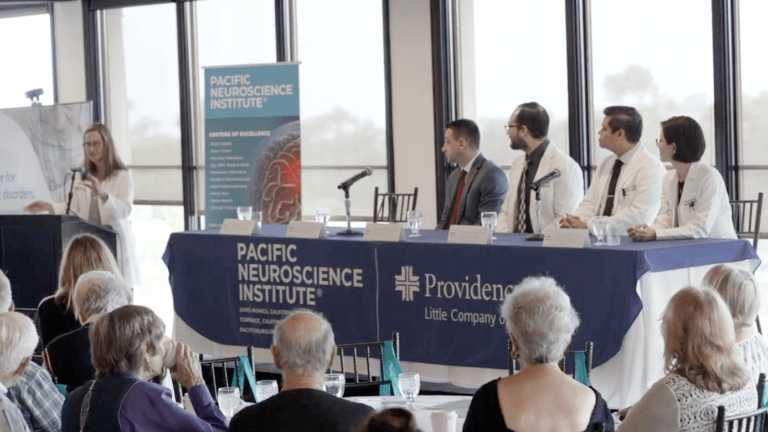
31. LCM & PNI-South Bay: Help is Here for Movement Disorders

Essential Tremor Treatment Demonstration: DBS Off/On
About the Author

Zara Jethani
Zara is the marketing director at Pacific Neuroscience Institute. Her background is in molecular genetics research and healthcare marketing. In addition, she is a graphic designer with more than 20 years experience in the healthcare, education and entertainment industries.
Last updated: March 15th, 2024
